Rarely do Slovak museums welcome people to their restoration studios or conservation workshops.
In May, when the Night of Museums and Art Galleries took place, The Slovak National Uprising Museum in Banská Bystrica ran the project ‘Museum Under a Magnifying Glass’ to show visitors what the work of its restorers entails.
The museum first launched the project as an online activity a year ago.
The very first thing the museum presented online was the restoration of a chaise lounge from the 20th century from Stará Ľubovňa Castle in eastern Slovakia.
The wooden parts of the object were in good condition, but the upholstery materials were so degraded that it was necessary to restore it, using identical materials.
“Only the stabilised original top layer and original springs of the upholstery were preserved,” the museum explained. “The top layer was supplemented with a neutral-coloured fabric, which replaced the missing part.”
A few weeks prior, the Kežmarok Museum published a story about its restored chaise lounge from the 19th century. The museum bought it in 1997 and had it restored for €2,784 last year by an external restorer, Tibor Kováč.
In Slovakia, the restorers who are members of the Chamber of Restorers can perform restoration work, which starts with a restoration survey on a collection item and a proposal for its restoration, continues with the implementation of complex restoration, and ends with drawing up a restoration record, including pictures. The record should also determine the collection object's further use.
Slovakia’s Monuments Board set up two restoration studios, in Bratislava and Levoča. The museums have their own restorers as well, but not every museum can afford to employ them.
While the Kežmarok Museum has not had one since 2013, the Ponitrianske Museum in Nitra can rely on its own restorer, Lívia Šumichrastová. Last September, the museum published a short video of her restoring the statue of a saint.
For example, the Slovak National Gallery has several restorers to look after more than 85,000 works of art.
With five restorers working at the Slovak National Uprising Museum, the institution regularly carries out restoration work for other museums as well. In 2018, restorers worked on four hats and two parasols from the Alexander Pushkin Museum in Brodzany, Trenčín Region.
Among other things, it also restored nine items for the Slovak Olympic and Sports Museum in Bratislava, some of which the Banská Bystrica museum showed during when running its online project.
One was a wooden tennis racket from the 19th century. It belonged to the Pálffy Family, one of the most notable Hungarian aristocratic families. The racket came from Southport, a town in England where Fred Dunkerley owned a sports equipment shop.
Just like the restoration of the racket, the museum also shared with history buffs a document that explains how restorers saved a leather football from the 1920-1930 period.
The Slovak Olympic and Sports Museum bought the ball in 2012. It came from the USA.
“It doesn’t have any story,” said Zdenka Letenayová from the Bratislava museum.
The ball consists of a sanded leather cover made of twelve segments and an opening that can be closed with a leather strip. The identifying mark of the rubber filling is a blue oval-shaped stamp containing a text written in the Russian alphabet.
“The inscription could not be more closely identified due to damage and the illegibility of the text,” said restorer Danica Fábryová.
Though the ball was saved in 2016, the Bratislava museum does not exhibit it.
The museum in Banská Bystrica also worked on Adidas gloves from the seventies, which had “Vencel” written on them. They belonged to Alexander Vencel, regarded as one of the best Czechoslovak goalkeepers. Thanks to him, Slovan Bratislava beat FC Barcelona at a football stadium in Basel, Switzerland, in May 1969 and won the European Cup Winners’ Cup Final.
“Damage to the object is visible even during visual observation,” restorer Barbora Figuli summed up in her survey. “The material, especially the foam layer, is degraded, falling off and part of the material is missing.”
Despite her restoration interventions, she did not recommend exhibiting the gloves since the material is sensitive to external influences such as UV radiation.
Moreover, the museum restored a blue-and-red skeleton bobsleigh. It belonged to Olympian Mária Jasenčáková. The best Slovak luger took part in the Olympics five times, from 1980 to 1998.
“The main goal of the restoration was to stabilise the degraded parts and at the same time preserve the authentic condition of the object with all signs of use,” Figuli explained.
It was important to the item’s story, she added.
The work of restorers is no less important.
“Thanks to the work of these people, we can still marvel at objects that would otherwise be lost in time,” the Slovak National Uprising Museum said at the launch of its online project.
But their work in real time still remains a mystery to museum visitors, though the Slovak National Museum ran the “Doctor of Antiques” display at Bojnice Castle in 2019 to present what restoration is about.
Visitors could observe restorers as they worked on various items.
Today, restoration as a study is offered by several secondary schools of the art industry in the country and by the Academy of Fine Arts and Design in Bratislava.
When the Slovak National Museum asked one of its restorers, Aleš Šilberský, about the future of the craft in its blog, he did not know what to say as there had been no public debate in this regard. However, he cited the decreasing number of restorers in museums.
Based on the Council of Slovak Art Museums data from 14 of 20 regional and art museums, only four employ at least one in-house restorer. Others cooperate with two external restorers on average.
“There are few of them to protect and save our cultural heritage,” Šilberský said.



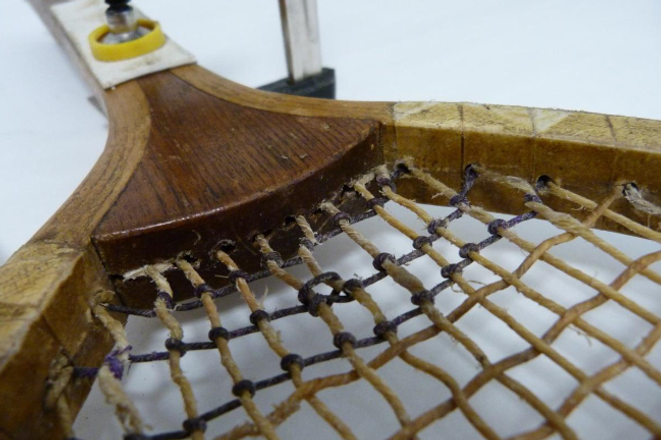 A tennis racket from the 19th century. (source: Slovak National Uprising Museum)
A tennis racket from the 19th century. (source: Slovak National Uprising Museum)
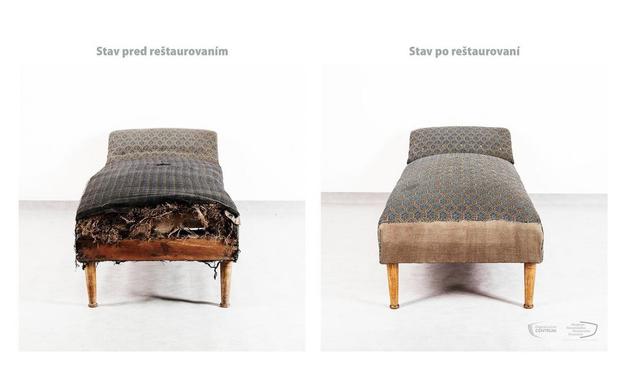 A chaise lounge from the 20th century before and after restoration. (source: Slovak National Uprising Museum)
A chaise lounge from the 20th century before and after restoration. (source: Slovak National Uprising Museum)
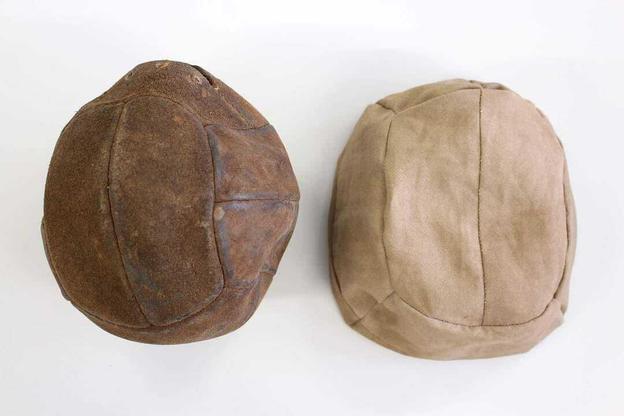 A ball is made from leather. (source: Slovak National Uprising Museum)
A ball is made from leather. (source: Slovak National Uprising Museum)
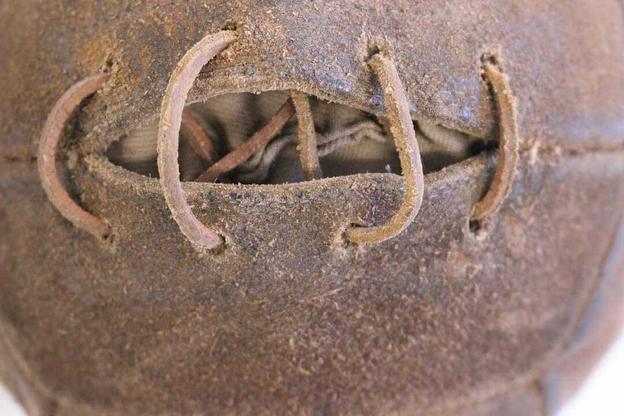 A football from the 1920-1930 period. (source: Slovak National Uprising Museum)
A football from the 1920-1930 period. (source: Slovak National Uprising Museum)
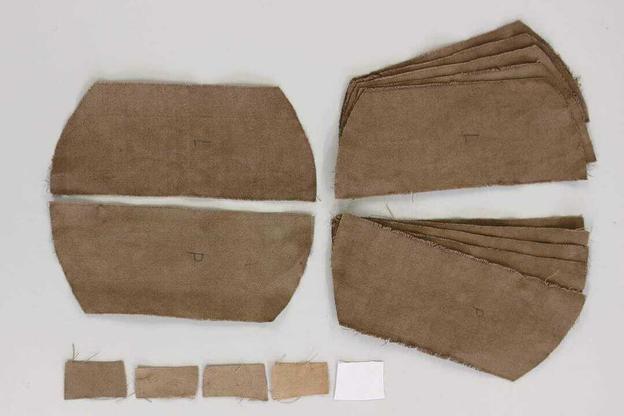 A footbal during restoration. (source: Slovak National Uprising Museum)
A footbal during restoration. (source: Slovak National Uprising Museum)
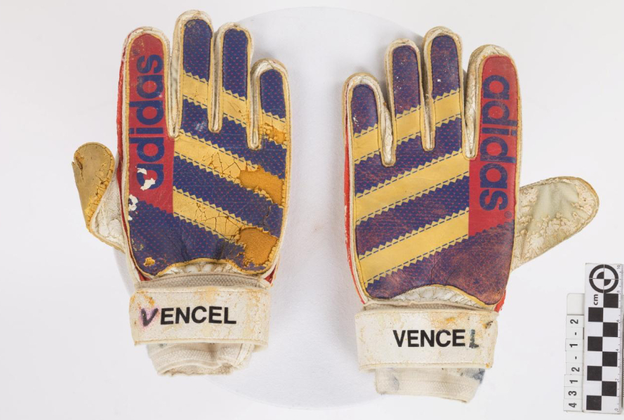 Vencel's gloves before restoration. (source: Slovak National Uprising Museum)
Vencel's gloves before restoration. (source: Slovak National Uprising Museum)
 Vencel's gloves before restoration. (source: Slovak National Uprising Museum)
Vencel's gloves before restoration. (source: Slovak National Uprising Museum)
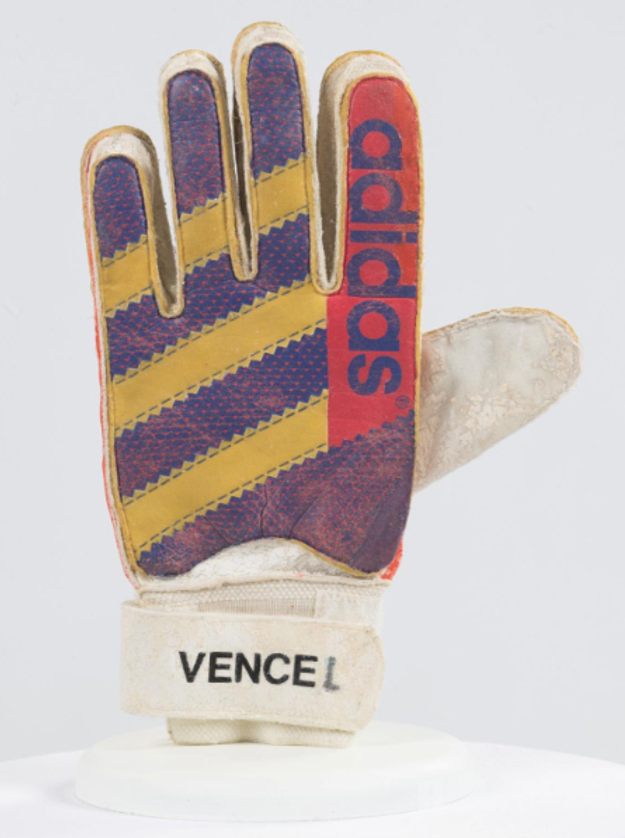 One of Vencel's gloves after being restored. (source: Slovak National Uprising Museum)
One of Vencel's gloves after being restored. (source: Slovak National Uprising Museum)
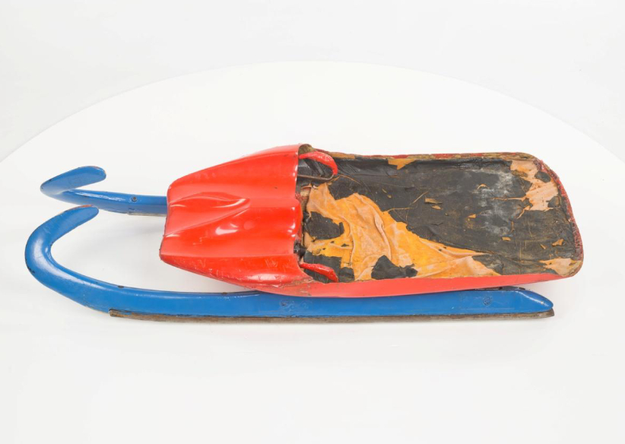 A skeleton bobsleigh before restoration. (source: Slovak National Uprising Museum)
A skeleton bobsleigh before restoration. (source: Slovak National Uprising Museum)
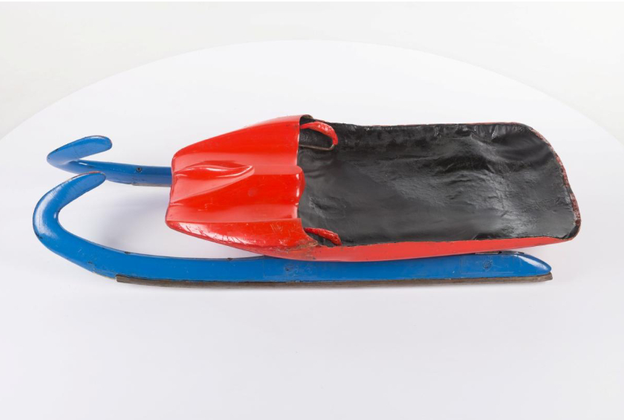 A skeleton bobsleigh after being restored. (source: Slovak National Uprising Museum)
A skeleton bobsleigh after being restored. (source: Slovak National Uprising Museum)